LOCKED IN (2023)
A nurse tries to unlock the secrets of a coma patient's injury... and discovers the bitter rivalry, betrayal, and murder behind them.
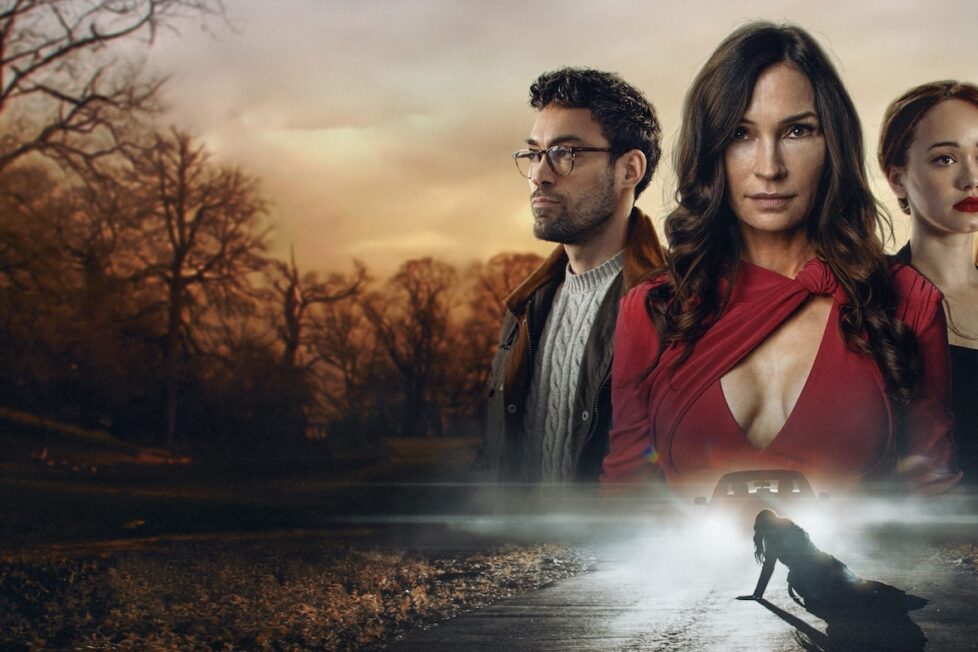
A nurse tries to unlock the secrets of a coma patient's injury... and discovers the bitter rivalry, betrayal, and murder behind them.


Locked In opens with the camera positioned deep within the shadowed eye socket of Katherine (Famke Janssen), a patient with locked-in syndrome, who’s unable to speak or move. Each blink becomes a desperate plea to communicate with her nurse, Mackenzie (Anna Friel), about the accident that plunged her into this debilitating state. This arresting and innovative introduction hints at an engrossing mystery set in the English countryside. However, despite this promising start, the film struggles with various shortcomings that prevent it from reaching its full potential.
Nurse Mackenzie is a compassionate and inquisitive healthcare professional dedicated to unravelling the mystery surrounding Katherine’s accident. With unwavering determination, she assures Katherine’s daughter-in-law Lina (Rose Williams) with a reassuring smile, “If she’s in there,” she declares, “I’ll find her.” Sadly, Friel’s character doesn’t flourish beyond this premise. She neither firmly establishes herself as the central narrative force, leading us through Katherine’s story, nor does her performance add Mackenzie with necessary depth and complexity. While Friel has proven herself more than capable of fleshing out her characters and impacting audiences, in Locked In she remains largely confined to the role of a kindly nurse with shades of an amateur sleuth.
Unlike other characters, Lina stands out as the one most likely to flourish in this story. Her fear that Nurse Mackenzie will uncover the truth about Katherine’s accident infuses the film with a strong sense of urgency. Initially Katherine’s adopted daughter but now married to her stepbrother Jamie (Finn Cole), we discern that Lina harbours secrets, hinting at a concealed narrative brimming with potential.
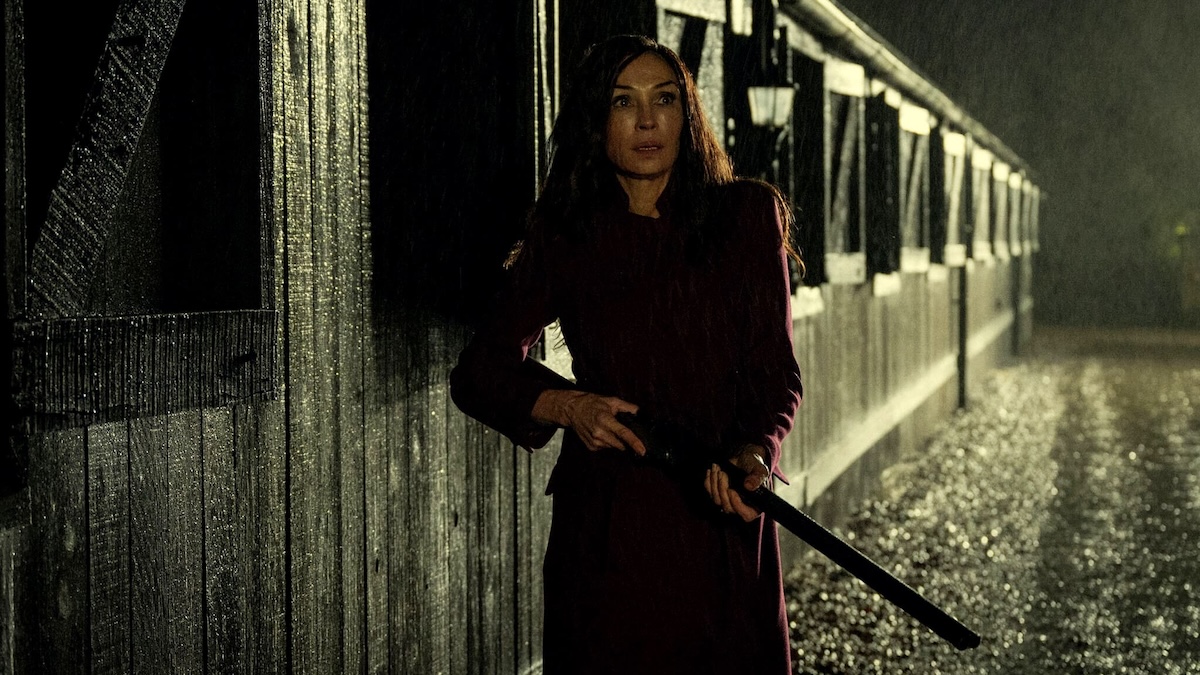
The film’s cinematography and direction stand out as exceptional elements. Filmed between London and St Albans, the latter location evokes the essence of 19th-century architecture as depicted in literature and art. Renowned cinematographer Remi Adefarasin’s artistry shines through the entire film. Drawing upon his experience in projects like Woody Allen’s Match Point (2005) and Scoop (2006), as well as Martha Fiennes’ romantic drama Onegin (1999), it’s no wonder he effortlessly captures both the Baroque allure of the Gothic setting and the captivating warmth of the romantic plot in his shot choices. It’s the scenes within the manor and a local pub that masterfully balance the interplay between light and dark—warm-hued dining sets and bedrooms bathed in the shadows—crafting a dramatic atmosphere that perfectly complements the genre. These scenes also seamlessly transition between the present narrative and the flashbacks, enhancing the overall coherence of the film.
Despite the film’s heavy reliance on flashbacks to drive the narrative forward, these glimpses into the past only hint at the depths of Lina’s secrets that she conceals from Nurse Mackenzie. Director Nour Wazzi deftly employs this narrative device, each flashback answering the dramatic questions posed at the beginning of the film: How did Katherine become comatose, and who tried to murder her?
Lina’s story and her complicated relationship with her new husband, Jamie, evoke compassion. Throughout his life, he’s battled a severe illness, leaving him a frail painkiller addict largely reliant on others, namely Lina. Within a brief period of their marriage, she recognises that her role as a loving wife has metamorphosed into that of a disheartened caregiver. Lina’s as confined within her loveless union as Jamie and Katherine are walled within their own bodies.
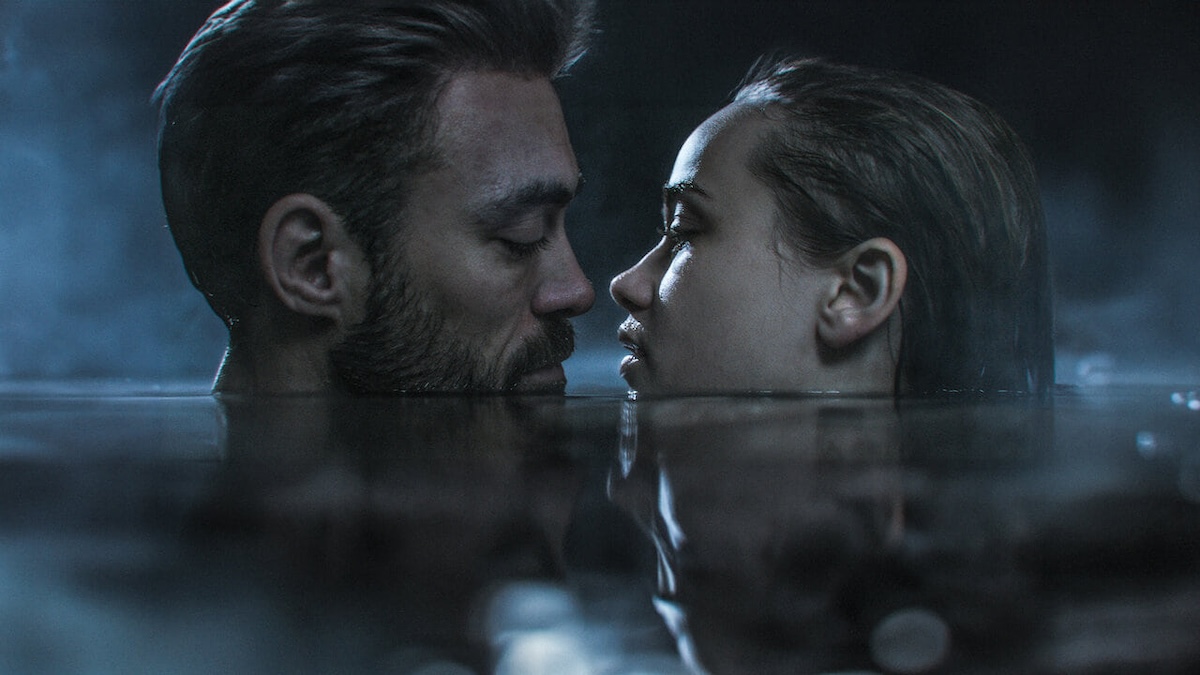
As Jamie’s condition deteriorates, Lina finds herself yearning for the passionate marriage she has always desired. When Dr Lawrence (Alex Hassell) seizes upon her neglected passion, she finds solace, passion, and liberation in their newly rekindled affair. However, it doesn’t take long before he hatches a plan to eliminate Jamie, whom they all perceive as dead weight in their lives. So far, this formula comes as no surprise to the thriller genre.
In a pivotal scene, the trio take a boat trip on a lake. But only two return. Jamie has drowned, his demise presumed to be an accident. This scene evokes a sense of familiarity with an earlier film In Secret (2013), starring Oscar Isaac, Elizabeth Olsen, Jessica Lange, and Tom Felton. Both films draw their narrative inspiration from the 1868 novel Thérèse Raquin by French novelist Émile Zola. While director Wazzi and screenwriter Rowan Joffe’s rendition tones down the eroticism that characterised In Secret, it intensifies the melodramatic elements of the source material, edging closer to the realm of a made-for-TV soap opera. This approach isn’t uncommon for Netflix productions. However, Locked In stumbles not in its visual presentation but rather in its rushed screenplay and two-dimensional characters.
Rose Williams delivers a consistently solid performance. Her expressive eyes and gentle voice effectively convey the character’s isolation and vulnerability. However, Hassell and Janssen’s performances turn rigid and forced. While Williams convincingly portrays a woman torn between an unfulfilling marriage and a clandestine relationship, Hassell struggles to break free from the conventional mould of the handsome male villain resorting to violence to secure wealth. And Janssen, known for her scene-stealing skills on screen, fails to chisel deeper into the hollowness of the ex-Hollywood star role she’s been given.
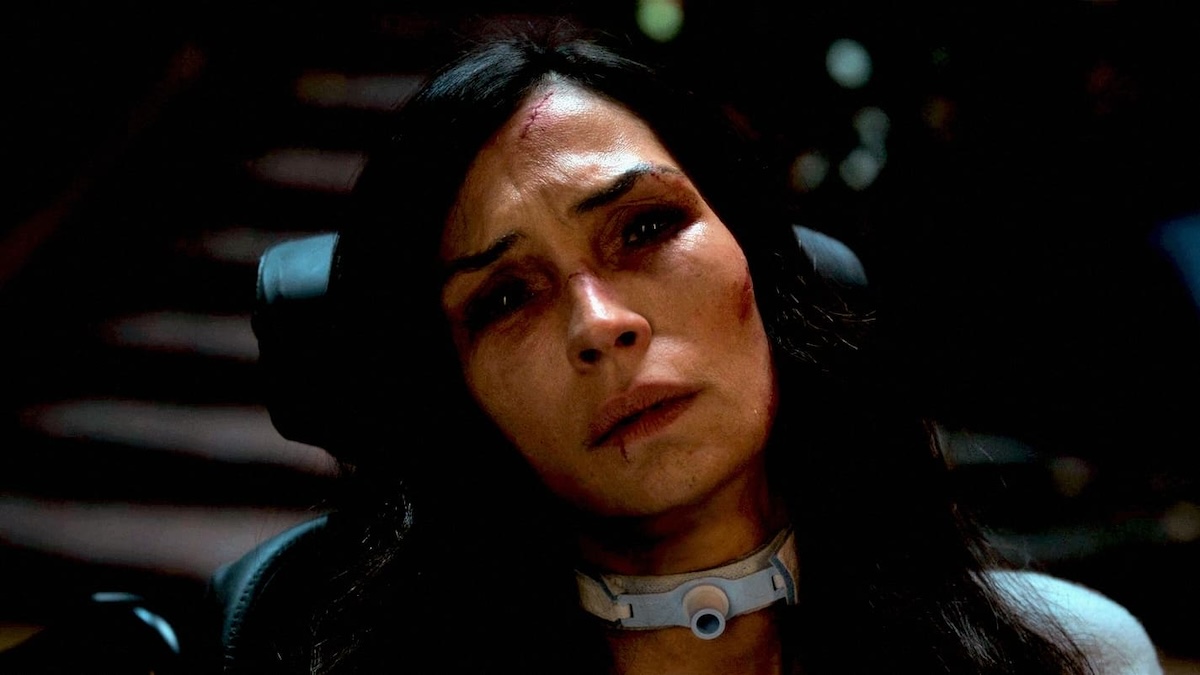
The film’s problems lie in Rowan Joffe’s script. The opening scenes are captivating and intriguing, immediately drawing the audience in. We’re eager to uncover the secrets of this dysfunctional family and unravel the mystery of how Katherine fell into a coma. We’re fascinated by the characters’ passions and sins, and we yearn to understand the intricate connection between desire and violence. However, after the many flashbacks work to untangle the mystery of Katherine’s accident, we get a climax involving a twist that doesn’t quite work. Even in the erotic thriller genre. Katherine, armed with a shotgun, mounts a dark horse in a midnight pursuit of Lina throughout their grand estate. This scene borders on the sensational and even becomes unintentionally humorous.
Characters who forgive each other but are reluctant to take responsibility for their crimes are indicative of this kind of sloppy writing. Joffe’s script seems lazy in its attempt to provide a redemptive arc for Lina that ultimately feels undeserved. The bulk of the blame is placed on Hassell’s character, portraying him as the stereotypical, money-hungry doctor who preys on susceptible women. This portrayal leaves us feeling less empathetic towards Lina and leaves us scratching our heads at her and Katherine’s clear lack of remorse over Jamie’s murder. They seem more focused on forgiving each other than coming to terms with what they have done.
Contrast this ending with that of In Secret, where the two central lovers—Thérèse and Laurent—stand on the brink of murdering their comatose mother-in-law only to ultimately embrace self-destruction. Now bearing the weight of their actions, they have come to understand the treacherous allure of an all-consuming love affair, capable of propelling individuals towards the unthinkable act of murder. By comparing these two renditions of Zola’s novel, one is left to contemplate the erosion of a genre’s core elements—the integrity and complexity of its characters, and their accountability. In Locked In, whatever initial promise it had soon faded.
UK • FRANCE • USA | 2023 | 97 MINUTES | 2.35:1 | COLOUR | ENGLISH

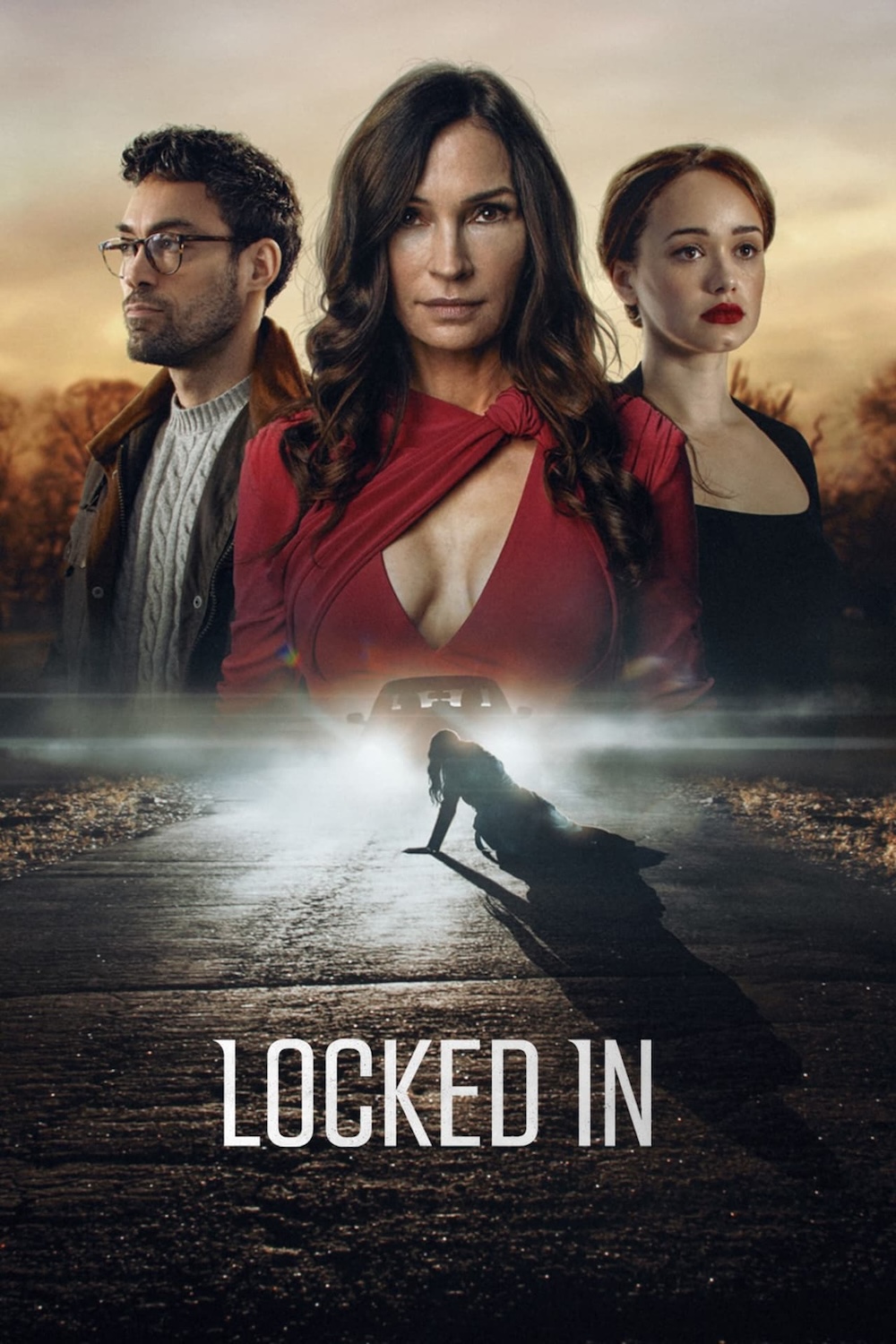
director: Nour Wazzi.
writer: Rowan Joffe.
starring: Famke Janssen, Rose Williams, Alex Hassell & Anna Friel.
